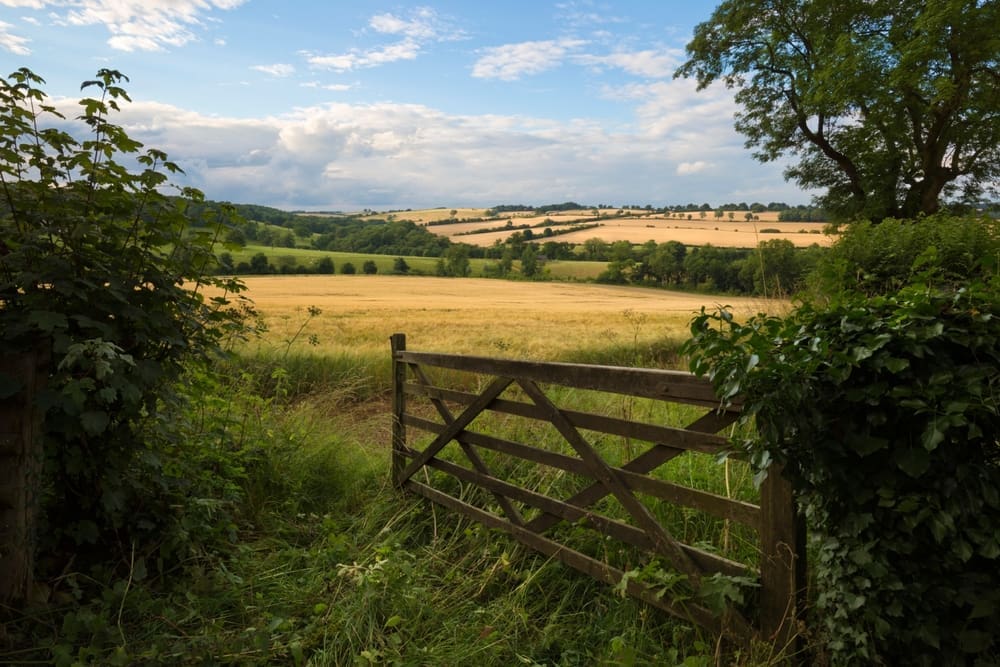The Cambridge-Oxford Corridor offers a significant growth opportunity, with a range of positive and negative impacts on landowners. Understanding what is proposed, and getting involved early is key to securing the best outcomes.
Growth ahead: What landowners need to know
The government’s March 2024 report, A Case for Cambridge proposed the development of 150,000 new homes in the city, forecasting an additional £6.4 billion in economic output. While the current government has not confirmed that figure, it has stated that “the recent focus on Cambridge and its untapped economic potential is entirely warranted” and anticipates “one or more contiguous urban extensions of the city,”alongside more dispersed development.
The wider Oxford-Cambridge Corridor is envisioned as the UK’s answer to Silicon Valley. It could add up to £78 billion to the national economy by 2035, driven by the construction of between 782,000 and 1,020,000 new homes. This includes major developments such as a new town at Tempsford—located between Sandy and St Neots—with up to 40,000 homes, and a likely significant extension to Cambourne.
The UK Innovation Corridor, stretching from Peterborough through Cambridge to London, aims to boost the region’s GVA from £189 billion to £350 billion by 2040. Similarly, the Cambridge-Norwich Tech Corridor along the A11 is expected to generate 26,000 new jobs and accommodate 46,000 new residents.
In April 2025, Universal Studios announced that it had selected Kempston, south of Bedford as the site for its first European theme park, Universal World, with a projected opening date of 2031. Over the next 25 years, the project is expected to create 20,000 construction jobs, and 8,000 on site operational jobs and contribute £35.1bn to the UK economy.
Infrastructure to support growth
This scale of development will require major investment in infrastructure, including transport, water supply, and sewerage systems.
Transport
- East-West Rail, designed to connect Oxford to Cambridge via Milton Keynes, aims to “open up new sites for development [and] improve the supply of accessible, developable land” [6]. Train services between Oxford and Bedford are set to begin in 2030, with the Bedford–Cambridge section in detailed planning.
- A421 Dualling, between the Black Cat Roundabout and Caxton Gibbet junction, is expected to open in spring 2027.
- Cambridge South Station is scheduled to open in spring 2026.
- The new Mayor of Cambridge and Peterborough supports a proposed light rail solution to tackle the city’s congestion—see Cambridge Connect for further details.
Water and sewerage
- A new water pipeline from Grafham Water to Cambridge is due to become operational in 2032.
- The planned Fens Reservoir, just north of Chatteris, is expected online by 2036.
- In April 2025, permission was granted to relocate Cambridge’s sewerage works to Honey Hill, north of Fen Ditton.
What this means for landowners
To achieve these ambitious plans, the government will rely on planning mechanisms such as:
- Development Consent Orders (DCOs)
- Transport and Works Act Orders
- Compulsory Purchase Powers
- Development Corporations
All of these processes involve extensive publicity and public consultation before they proceed.
If your land lies within a 10–20-minute drive of future transport hubs, you may have an opportunity to promote it for development. Conversely, infrastructure projects may lead to compulsory purchase proposals or potential blight, depending on your location.
In either case, early engagement is vital. Landowners who respond to consultations and participate in the planning process from the outset are better placed to influence outcomes—whether promoting their land for development or protecting their interests against compulsory acquisition.
How Tees can help
At Tees, we have extensive experience supporting landowners through site promotion, land assembly, and compulsory purchase matters. If you are, or believe you may be, affected by any of the proposals outlined above, please don’t hesitate to contact us for advice on how to secure the best outcome.
Sources
1) Housing Minister Letter (2024)
2) Letter from Matthew Pennycook MP
3) Chancellor’s Economic Statement
4) UK Innovation Corridor Growth Plan
5) Cambridge-Norwich Tech Corridor
6) Partnering for Prosperity (2017) – Cambridge-Milton Keynes-Oxford Arc
7) Cambridge Connect Light Rail Proposal
8) Government Measures on Water Scarcity
9) Fens Reservoir Project
10) Cambridge Sewerage Works Relocation


